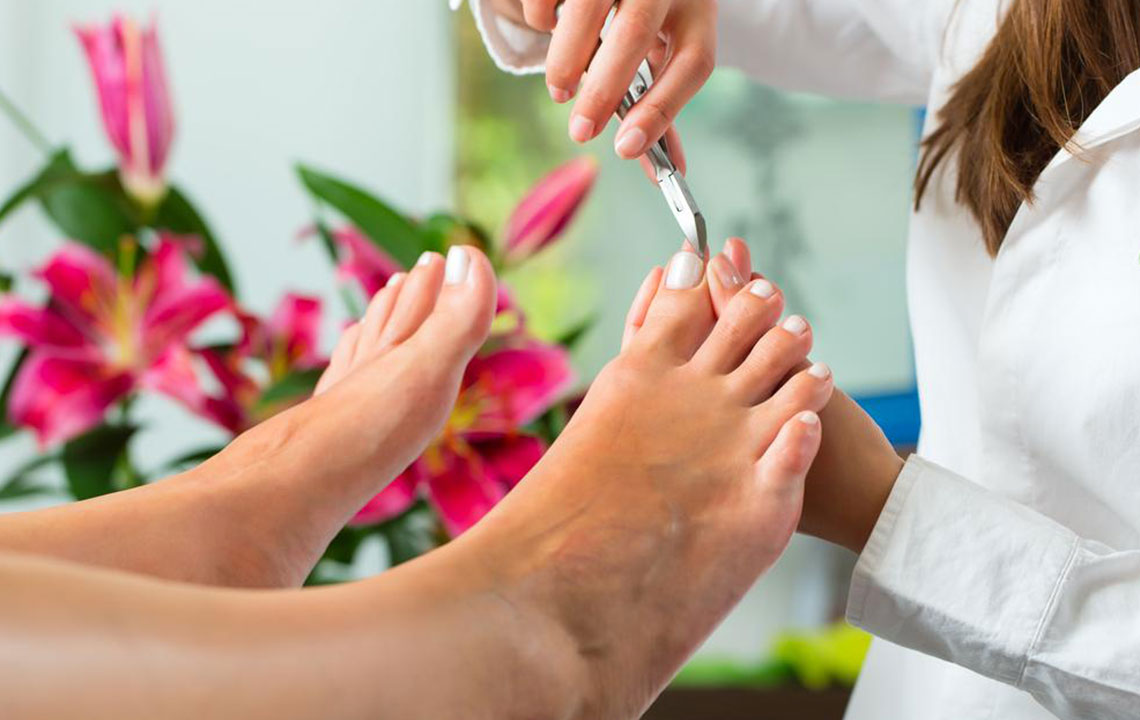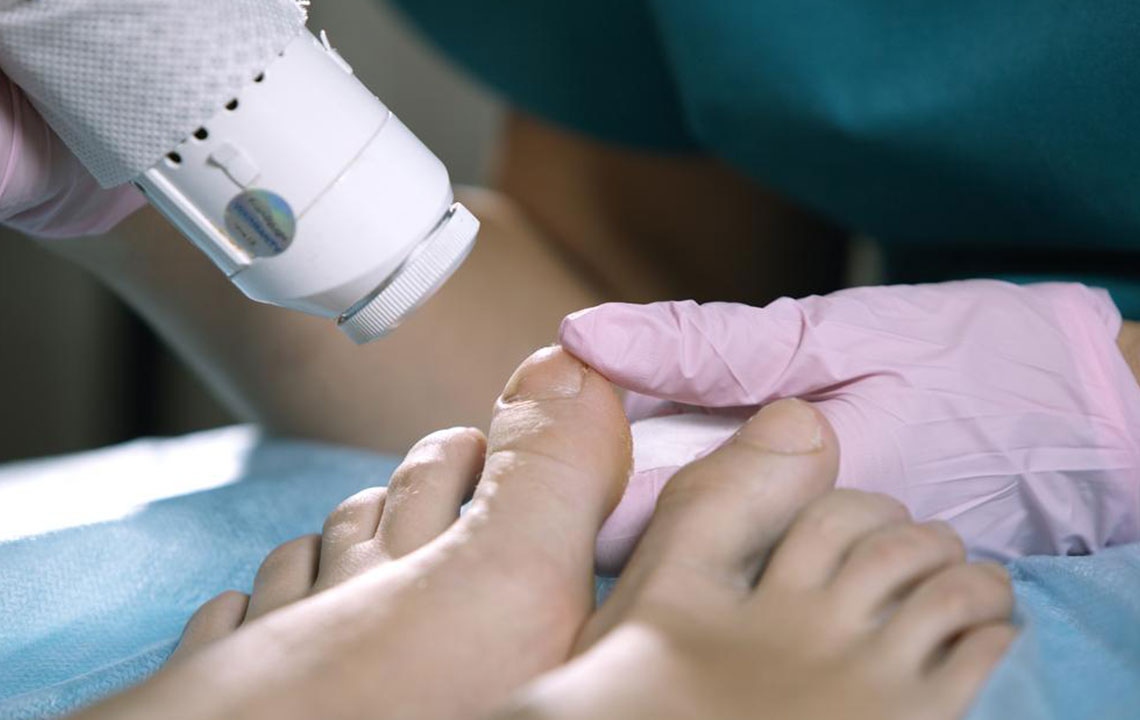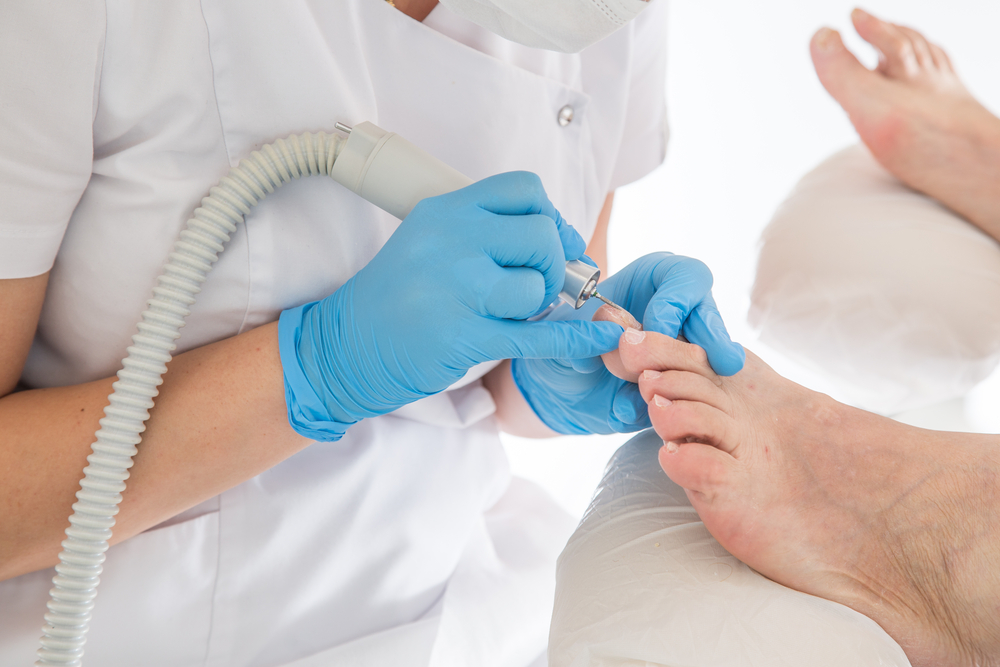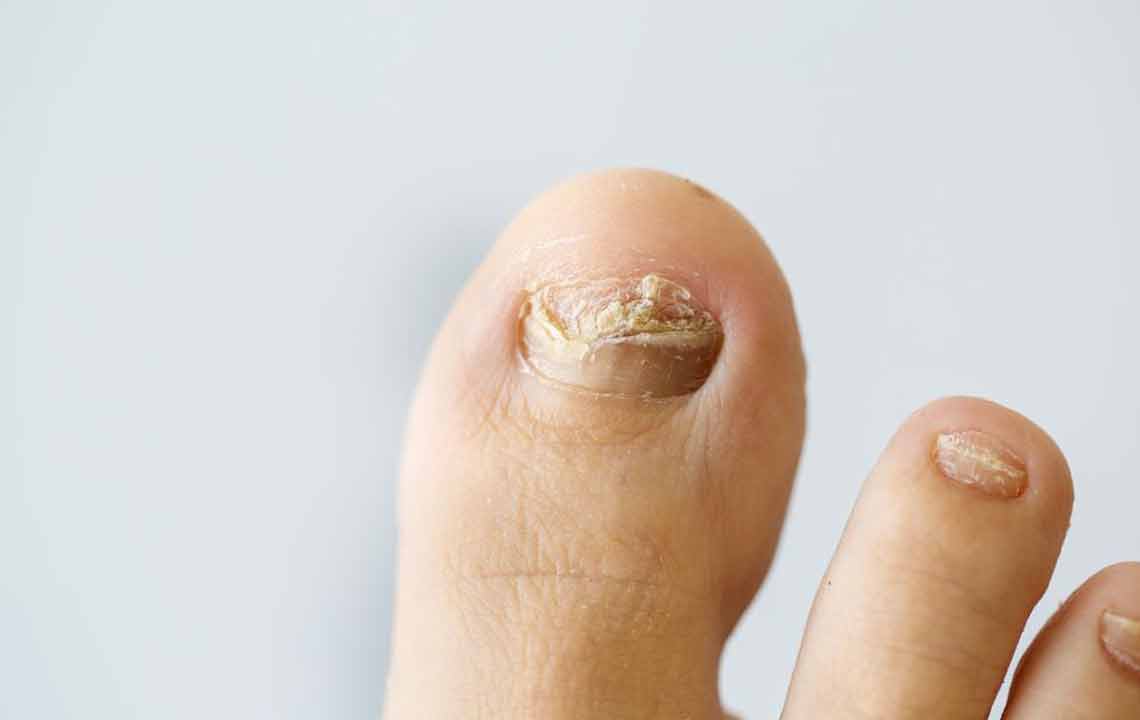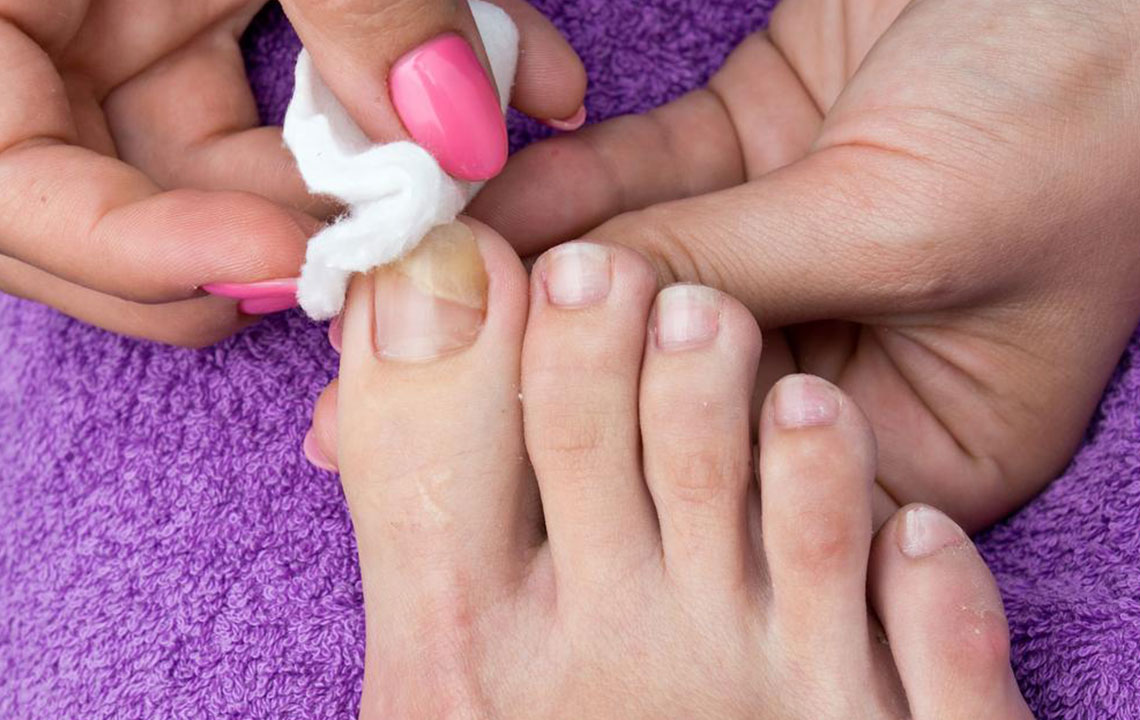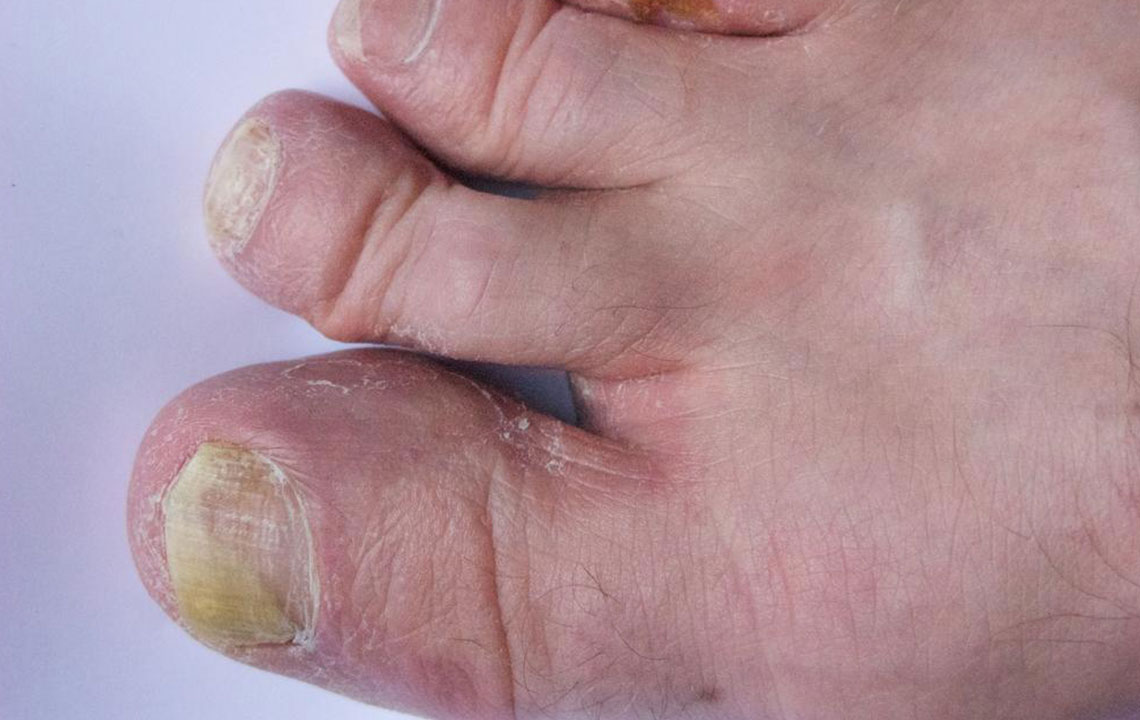Comprehensive Home Remedies for Effective Treatment of Nail Fungal Infections
Discover proven natural home remedies to treat nail fungal infections effectively. Learn about causes, symptoms, and safe solutions like apple cider vinegar, tea tree oil, garlic, and more. This comprehensive guide emphasizes early detection and consistent treatment strategies to restore healthy nails naturally, avoiding side effects of medications. Ideal for those seeking DIY approaches, it offers insights for managing onychomycosis at home safely and efficiently, especially in mild to moderate cases. Preventative tips and when to seek professional help are also highlighted for optimal nail health recovery.

Comprehensive Home Remedies for Effective Treatment of Nail Fungal Infections
Fungal infections of the nails, medically known as onychomycosis, are common skin issues that affect millions globally. These infections can be persistent and sometimes challenging to treat, especially when utilizing commercial antifungal medications. Many individuals prefer exploring natural alternatives to avoid potential side effects and achieve effective results. This comprehensive guide delves into the nature of nail fungal infections, their causes, identifying symptoms, and the most reliable home remedies proven to combat this condition effectively. By understanding these dimensions, individuals can take proactive steps to restore healthy nails using accessible and natural solutions.
Understanding Nail Fungus
Onychomycosis manifests as yellow, white, or brown spots or streaks on fingernails and toenails, often leading to discoloration and deformity.
If left untreated, the infection can spread to adjacent nails and surrounding skin, causing further damage.
In advanced cases, nails may become thickened, brittle, or crumble, significantly impacting daily activities and comfort.
Early detection and intervention are crucial to prevent the progression of the infection.
Common Causes of Nail Fungal Infections
The primary cause is an overgrowth of fungi, primarily dermatophytes, yeast, or molds, thriving in warm, moist environments.
Constant exposure to humid conditions, such as sweating or wearing closed footwear, creates an ideal breeding ground for fungi.
Older adults often have decreased blood circulation and slower nail growth, making them more susceptible.
Fungal spores can be transmitted through direct contact with infected individuals or contaminated surfaces, including floors, towels, or shoes.
Trauma or injury to the nails can also facilitate fungal entry and colonization.
Recognizing Symptoms and When to Seek Medical Help
Noticeable yellow or white streaks, spots, or patches under the nail surface.
The affected nails become thickened, brittle, or change shape over time.
Presence of foul odor or a smeared appearance of the nails.
Discomfort or pain, especially when walking or using the hands.
Severe discoloration or nail detachment might require prompt medical attention.
Individuals with diabetes should consult healthcare providers early to prevent complications.
Top Natural Home Remedies for Nail Fungal Infection
Apple Cider Vinegar: Its acetic acid creates an inhospitable environment for fungi. Soaking infected nails in a mixture of equal parts apple cider vinegar, warm water, and Epsom salt for 30 minutes daily helps inhibit fungal growth and promotes healing.
Vicks VapoRub: This mentholated ointment has antifungal properties. Regular application to the infected area can help reduce fungal presence over time.
Tea Tree Oil: Known for its potent antifungal and antiseptic qualities, applying a few drops of tea tree oil twice daily on nails and surrounding skin can significantly aid recovery.
Cornmeal: Soaking feet in warm water mixed with organic cornmeal for half an hour daily targets yeast infections and fungi associated with nail infections.
Essential Oils (Orange, Oregano): These oils are rich in antifungal compounds. Applying diluted drops directly on affected nails, and in between fingers, enhances the body's natural resistance to fungal growth.
Coconut Oil: Its antifungal ability, coupled with deep penetration, helps eradicate fungi beneath the nail surface effectively.
Garlic: Crushed garlic contains allicin, a compound with antimicrobial effects. Applying minced garlic on the infected nails for 30 minutes daily leverages its healing properties.
Olive Leaf Extract: Available in capsules, oleuropein offers antifungal benefits. Consulting a healthcare professional before use ensures safe supplementation.
Baking Soda and Borax Paste: Creating a wet paste of baking soda and borax to apply on nails helps neutralize fungi and restore nail health efficiently.
**Additional Tips:** To optimize results, maintain good hygiene, keep nails dry, and avoid sharing personal items. Consistency in applying these remedies and patience are key, as fungal infections can take time to resolve fully.
In conclusion, natural home remedies provide a safe, cost-effective, and accessible means to combat nail fungus. While these treatments can be effective for mild to moderate infections, persistent or severe cases should be evaluated and managed by healthcare professionals for comprehensive care.
